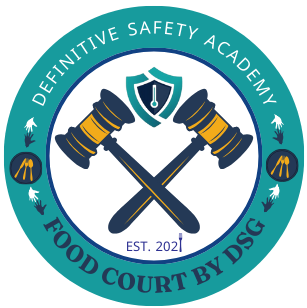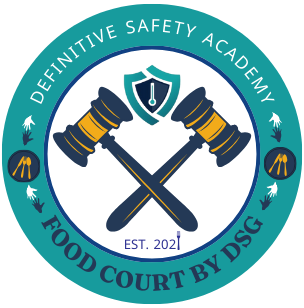Imagine a world where food safety isn’t a guessing game, where
contaminants are detected in real time before they ever reach your plate.
Sounds futuristic, right? Well, thanks to artificial intelligence (AI), this
future is already here! AI is transforming the way we detect and prevent food
contamination, ensuring safer meals and healthier lives. Let’s dive into how AI
is revolutionizing food safety and why businesses should be paying attention.
The Problem with
Traditional Food Safety Methods:
For
years, food safety testing has relied on traditional methods such as
chromatography, mass spectrometry, and microbiological cultures. While
effective, these methods are slow, expensive, and require highly trained
personnel. More importantly, they can’t always detect contaminants in real
time, which means by the time a problem is identified, the damage may already
be done.
With
food production becoming more complex and supply chains stretching across the
globe, the risks of contamination are higher than ever. This is where AI steps
in to offer a smarter, faster, and more efficient approach.
Artificial intelligence brings speed, precision, and automation to food contaminant analysis. Here’s how it’s making an impact:
AI-powered sensors and IoT devices can continuously monitor food production lines, analyzing environmental conditions, chemical compositions, and microbial presence. If a contaminant is detected, alerts are sent instantly, preventing unsafe products from reaching consumers
AI-powered sensors and IoT devices can continuously monitor food production lines, analyzing environmental conditions, chemical compositions, and microbial presence. If a contaminant is detected, alerts are sent instantly, preventing unsafe products from reaching consumers
AI-driven
automation is helping food manufacturers maintain strict quality control.
AI-powered imaging systems inspect food products for defects, foreign objects,
or irregularities in color and texture, ensuring only safe and high-quality
products make it to market.
AI
doesn’t just detect contaminants—it helps prevent them. By analyzing historical
data, AI models can predict potential contamination risks before they occur.
This allows food manufacturers to take proactive measures, such as adjusting
production processes or enhancing supplier inspections.
AI helps optimize food production by reducing contamination-related waste. By catching contamination early, companies can prevent entire batches of food from being discarded, saving resources and reducing environmental harm.
If you’re in the food industry and wondering how to implement AI-driven food safety, our Food Safety Mastery Course has got you covered! This course dives deep into:
- How
AI-powered systems can be integrated into food production
- The
best AI tools for real-time contaminant detection
- Strategies
to automate quality control and minimize human error
- How
predictive analytics can help prevent food safety risks
With
AI, food safety management is no longer reactive—it’s proactive, efficient, and
future-proof.
Are
you ready to automate your food safety strategy with AI? Enroll in our Food
Safety Mastery Course and take control of your food safety like never
before!

